According to a representative of the Ministry of Industry and Trade , immediately after the promulgation of the Power Plan VIII, the Ministry of Industry and Trade has implemented many implementation plans, however, the implementation process still faces many difficulties. In particular, many renewable energy projects such as wind power and solar power face barriers due to unattractive electricity prices and complicated investment procedures.
Implementation of Power Plan VIII faces many difficulties
The Ministry of Industry and Trade organized a workshop on “Adjusting the National Power Development Plan for the 2021-2030 period, with a vision to 2050 (Adjusting the Power Plan VIII) and strategic environmental assessment report”. At the workshop, Mr. Nguyen Hoang Long, Deputy Minister of Industry and Trade, said: Immediately after the Power Plan VIII was issued, the Ministry of Industry and Trade deployed many implementation plans, however, the implementation process still faced many difficulties.
Many important projects are behind schedule, especially LNG thermal power sources, with only 3/13 projects being implemented on schedule.
Domestic gas turbine projects such as Bao Vang and Ca Voi Xanh face challenges due to unclear reserves and exploitation progress. Many renewable energy projects such as wind power and solar power face barriers due to unattractive electricity prices and complicated investment procedures.
Besides, imported power projects require large investment capital, modern technology, and long preparation and construction time.
In addition, the domestic and international situation also has many fluctuations affecting electricity consumption demand and power source development orientation.
“ Geopolitical factors such as the Russia-Ukraine conflict, tensions in the Middle East and economic sanctions also have a strong impact on imported fuel prices and FDI capital flows into the electricity sector,” the Deputy Minister said.
Conversely, the development of energy storage technology at ever-decreasing costs facilitates the integration of more wind and solar power into the system.
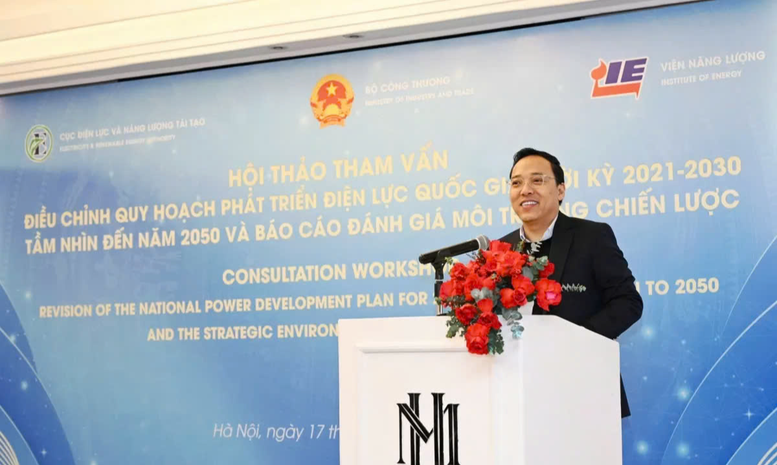
Faced with these challenges, the Ministry of Industry and Trade has coordinated with relevant ministries, branches, agencies and the Institute of Energy to develop the Project to Adjust the Power Plan VIII.
“With the desire to build a feasible Power Plan Adjustment Project VIII in practice, the comments of the experts present today are extremely valuable. The Ministry of Industry and Trade will accept and record the valid comments for editing and completion in the coming time,” the Deputy Minister emphasized.
At the workshop, Mr. Tran Ky Phuc, Director of the Institute of Energy (Ministry of Industry and Trade), raised 5 key issues that need to be discussed. First of all, the lessons learned from the implementation of previous power plans.
Second, forecasting electricity consumption demand in the context of socio -economic development.
Third, the orientation for power source development in the 2030-2035 period and vision to 2050, including views on traditional power sources such as coal-fired thermal power, domestic gas-fired thermal power, imported liquefied gas, nuclear power, as well as policies for developing renewable energy and electricity storage systems.
Fourth, the content related to the planning of the development of the transmission grid, especially the inter-regional connection line system.
Finally, there are economic, environmental and governance factors in power planning, including investment promotion policy mechanisms, electricity prices, electricity markets, capital mobilization and specific policies. In particular, there is a need for strong sanctions to handle projects that are behind schedule, in order to ensure effective implementation of the national power plan.
4 electricity demand scenarios
Forecasting electricity demand related to the National Power Development Plan for the 2021-2030 period, with a vision to 2050, Dr. Nguyen Ngoc Hung - Institute of Energy (Ministry of Industry and Trade) proposed 4 specific electricity demand scenarios: Low scenario; Baseline scenario; High scenario; Special high scenario.
Notably, the forecast results of the High Scenario especially show the growth rate of commercial electricity: From 2026-2030: 12.8%/year; 2031-2040: 8.6%/year; 2041-2050: 2.8%/year. Accordingly, the difference with the forecast of the Base Scenario of Power Planning VIII: In 2030: commercial electricity over 56 billion kWh, Pmax over 10.0 GW; in 2050: commercial electricity over 430 billion kWh, Pmax over 71.5 GW. Electricity intensity in 2030: 51.0 kWh/million VND; in 2050: 19.1 kWh/million VND (a decrease of 4.8%/year)
"This scenario reflects electricity demand in the event that the economy accelerates in the 2026-2030 period and continues to maintain high "double-digit" growth for a long time. The scenario also ensures reserves for long-term electricity development," Dr. Nguyen Ngoc Hung analyzed.
Need to update details of renewable energy potential of each locality
Commenting on the adjustment of the Power Plan VIII, Mr. Nguyen Van Duong, researcher of the Power System Development Department (Institute of Energy), said that one of the key issues is to update the details of renewable energy potential in each locality to effectively exploit national resources. At the same time, the research team emphasized the need for backup plans for wind and solar power to cope with the instability of these energy sources.
Actual power system operations in 2023 show that, although the installed capacity is about 1.5 times higher than demand, the North still experiences local power shortages. In the future, when the proportion of wind and solar power increases to 60-70% of total capacity, additional backup will become urgent to ensure energy security.
The research team's assessment also shows that Vietnam's power source structure has undergone significant changes. Before 2010, the power system relied on coal-fired thermal power, hydropower and gas turbines. In the 2011-2019 period, coal-fired power continued to expand. Currently, with the orientation of not developing new coal-fired thermal power and hydropower having almost fully exploited its potential, the power source structure is gradually shifting to renewable energy, with gas turbines playing an intermediary role thanks to their low emissions and flexible operation.
Statistics show that by 2024, the total capacity of the power system will reach about 80 GW, with electricity output exceeding 300 billion kWh. However, some important power sources such as offshore wind power and pumped storage hydropower have only reached 19-62% of the plan, reducing short-term reserve capacity and posing many challenges.
To ensure energy security, Vietnam's power development scenarios focus on two main options: utilizing unused land and converting part of production forest land to develop solar power. Accordingly, the total solar power potential in the baseline scenario is about 295,000 MW, while the high scenario is estimated at 576,000 MW.
It is forecasted that by 2050, Vietnam will achieve its goal of net zero emissions, with renewable energy accounting for the majority. To realize this goal, the transmission system needs to be expanded, while energy storage technology and flexible power sources need to be applied to maintain a stable power system.
The 500 kV transmission grid plays a backbone role.
Speaking at the workshop, Master Cao Duc Huy, researcher of the Power System Development Department, Institute of Energy (Ministry of Industry and Trade) said that in terms of development orientation, developing a power transmission system in sync with the progress of power sources, the demand for load development of localities, using modern technology, ensuring international standards, ready for regional connectivity. Developing a smart grid to integrate renewable energy sources on a large scale, meeting the requirements for safe, stable and economical operation of the power system.
In addition, after 2030, research on the development of HVDC power transmission technology and AC power transmission technology with voltage above 500 kV to improve inter-regional transmission capacity, effectively exploit power source potential and ensure power supply. Research on connection plans, release of nuclear power capacity and connectivity plans across Asia - Pacific.
Regarding the need for inter-regional transmission, Mr. Cao Duc Huy said that the need for inter-regional transmission is increasing year by year. On the North-Central interface, the transmission trend from the Central region to the North plays a leading role. The Central-North transmission is expected to increase from 17 billion kWh in 2030 to 135 billion kWh in 2050. In addition, on the Central-South interface, transmission from the Central region to the South is still dominant, with transmission output ranging from 37-42 billion kWh. The South-Central transmission has grown significantly, reaching 29 billion in 2050.
Regarding the inter-regional transmission grid, according to the Adjustment of Power Plan VIII, the regional interconnection lines until 2030 consider the following preliminary development orientation: Strengthening the North Central - North connection: The optimal power source development program shows that there is a high demand for transmission from the North Central to the North, requiring 8 500 kV lines (1 more line than Power Plan VIII).
In addition to the above-mentioned 500 kV regional transmission projects, notable intra-regional 500 kV transmission line projects during this period include: the 500 kV Lao Cai - Vinh Yen line to relieve hydropower capacity and increase electricity imports from China, the 500 kV West Hanoi - Vinh Yen line connecting the 500 kV loop circuit in Hanoi area, the 2nd circuit line Da Nang - Doc Soi to strengthen intra-regional connectivity in the Central Central region, and the 500 kV Thot Not - Duc Hoa line connecting the Southwest - Southeast regions.
Regarding the possibility of importing electricity, Mr. Cao Duc Huy said that Vietnam has the ability to import electricity from China and Laos because these are countries with excess electricity sources (especially hydropower sources) and have plans to export electricity to neighboring countries.
Ensuring security of power supply
Dr. Nguyen Manh Cuong, Deputy Head of the Department of Power System Development (Institute of Energy) presented 7 solutions to ensure power supply security.
Firstly, build a list of emergency projects according to the Electricity Law 2024; Prioritize projects with COD capability in the period 2025-2027, considered for inclusion in the list of emergency projects to ensure security of electricity supply.
Second, ministries and localities should promptly issue investment policies and select investors for power source and grid projects, ensuring the scale of putting power sources into operation meets load requirements.
Third, effectively implement the plan to import electricity from neighboring countries Laos and China according to signed Agreements and Contracts.
Fourth, ensure the progress of investment projects to build new, expand and upgrade inter-regional transmission systems, main lines and distribution grid systems in the direction of smart grids.
Fifth, ensure primary energy supply, invest in technical infrastructure to serve LNG and coal imports to promptly meet fuel needs of existing thermal power plants and be consistent with the energy transition roadmap.
Sixth, develop nuclear power sources to ensure energy security while implementing the Net Zero commitment.
Seventh, solutions to improve the operational capacity of the power system, increase the availability of power sources, and equip operational support tools to ensure system safety when highly integrating renewable energy sources.
Regarding solutions to attract and mobilize investment capital in the electricity sector, Dr. Nguyen Manh Cuong emphasized that it is necessary to perfect existing bilateral and multilateral financial mechanisms with governments, international financial organizations/institutions according to commitments to support JETP, AZEC... mechanisms to mobilize green credit, climate credit, domestic and international green bonds... for state-owned and private enterprises; Develop, perfect and promptly adjust regulations on long-term minimum contract electricity output applicable to new energy power projects, offshore wind power projects;
Source: https://baodaknong.vn/gia-dien-nang-luong-tai-tao-chua-hap-dan-quy-trinh-thu-tuc-dau-tu-phuc-tap-243174.html




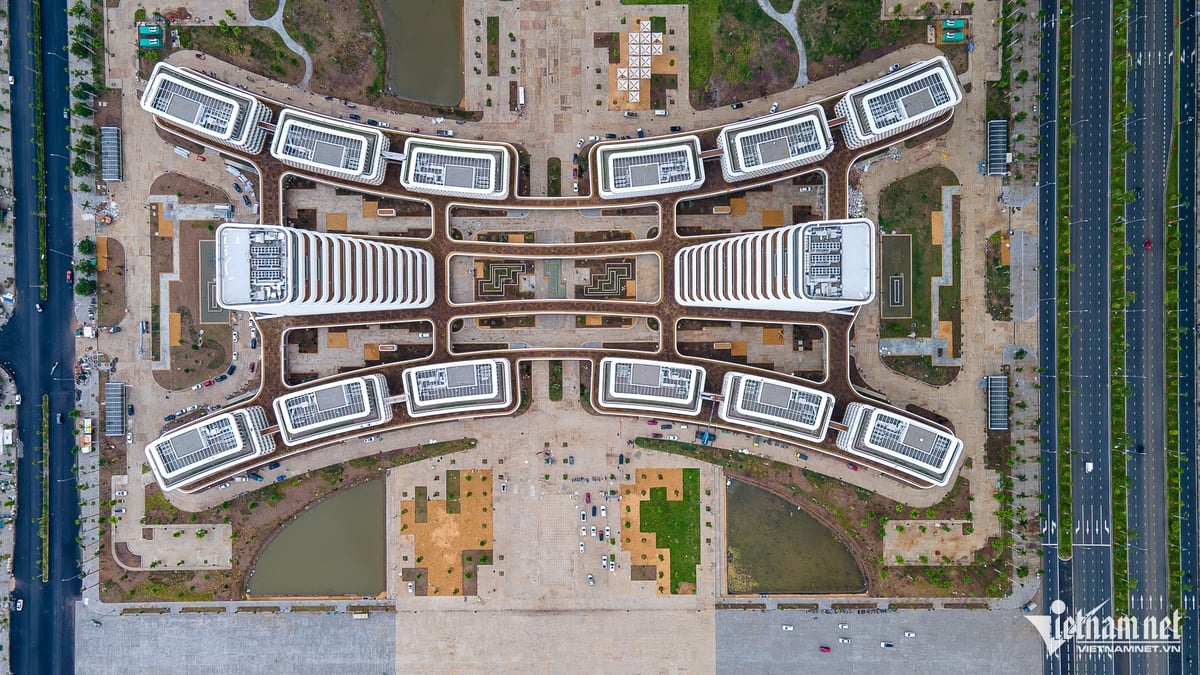



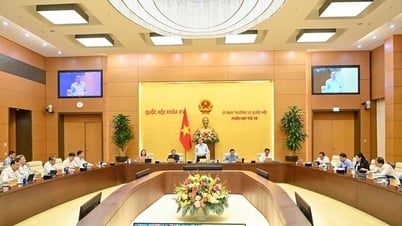

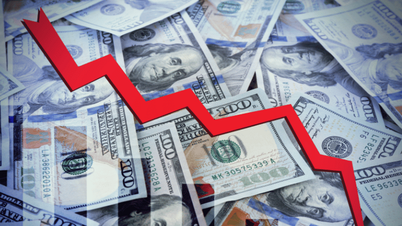










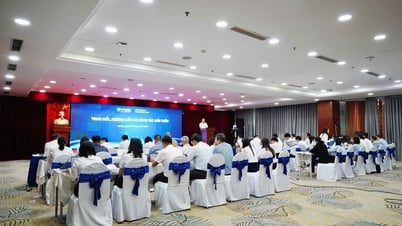




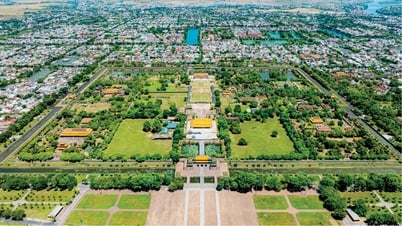



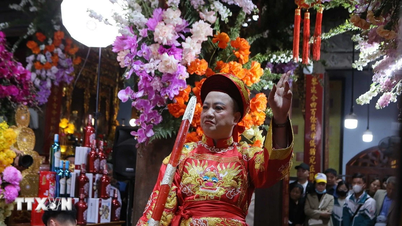











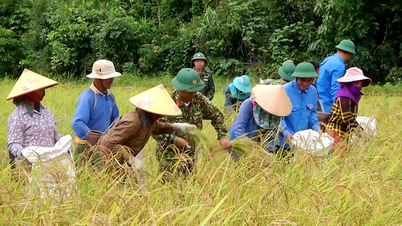



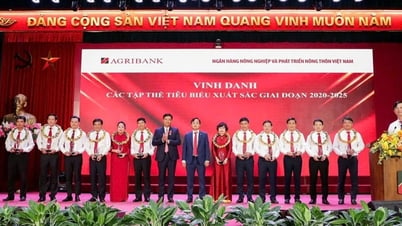



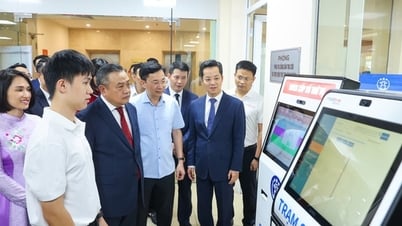


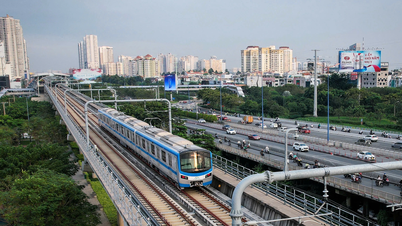









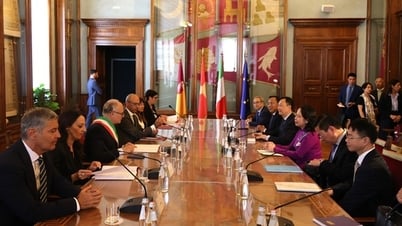

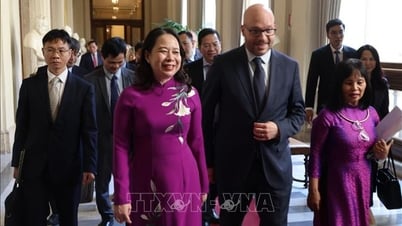


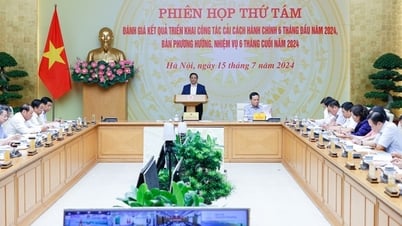
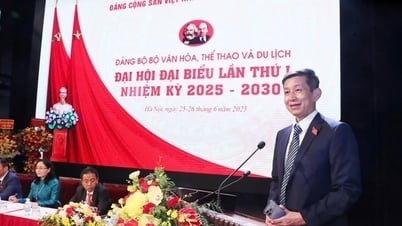

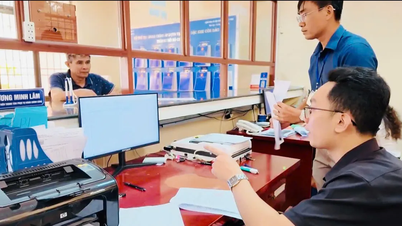



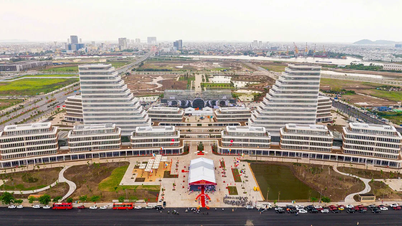
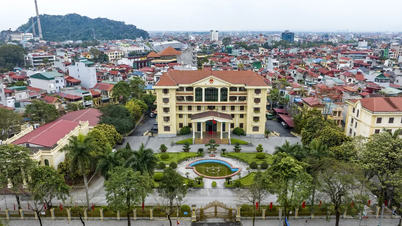







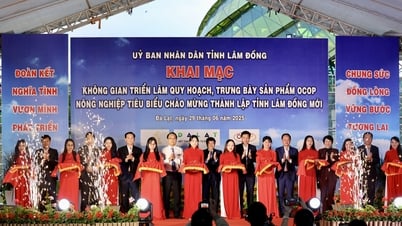



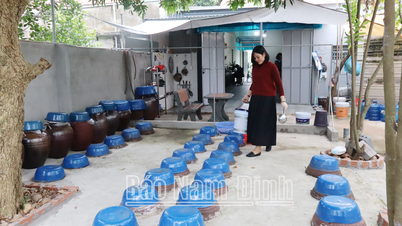








Comment (0)